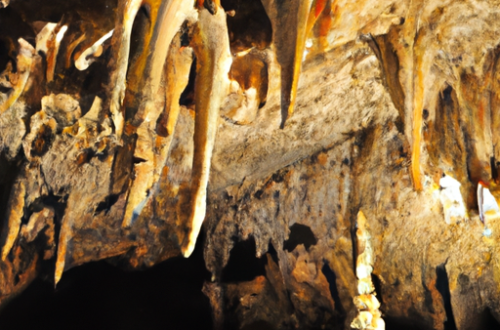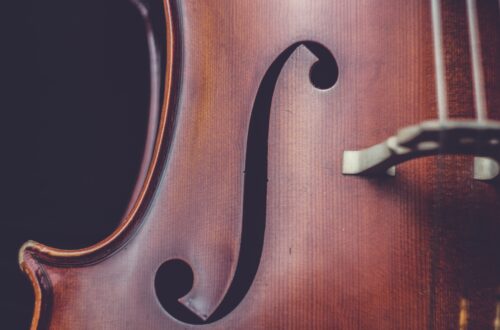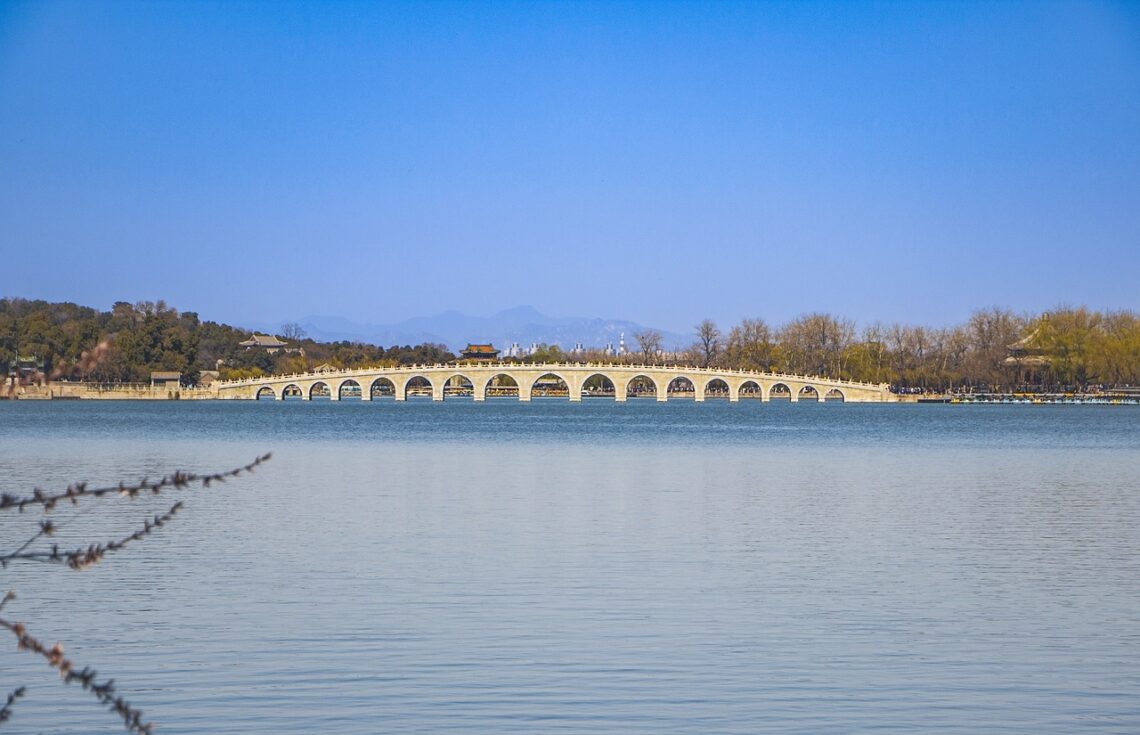
What Are The Top Tourist Attractions In Beijing?
Beijing, the vibrant capital of China, is a city brimming with rich history, magnificent architecture, and cultural wonders. From the iconic Great Wall to the majestic Forbidden City, this bustling metropolis has no shortage of top tourist attractions to captivate and inspire you. Whether you’re seeking ancient temples, picturesque gardens, or traditional teahouses, Beijing offers a wealth of experiences that will leave you in awe. So pack your camera, prepare your tastebuds for delicious Peking duck, and get ready to explore the enchanting wonders of Beijing. Beijing, the capital city of China, is a fascinating destination with a rich history and vibrant culture. With so much to see and do, it can be overwhelming to decide which attractions to prioritize during your visit. To help you plan your trip, here are the top tourist attractions in Beijing.
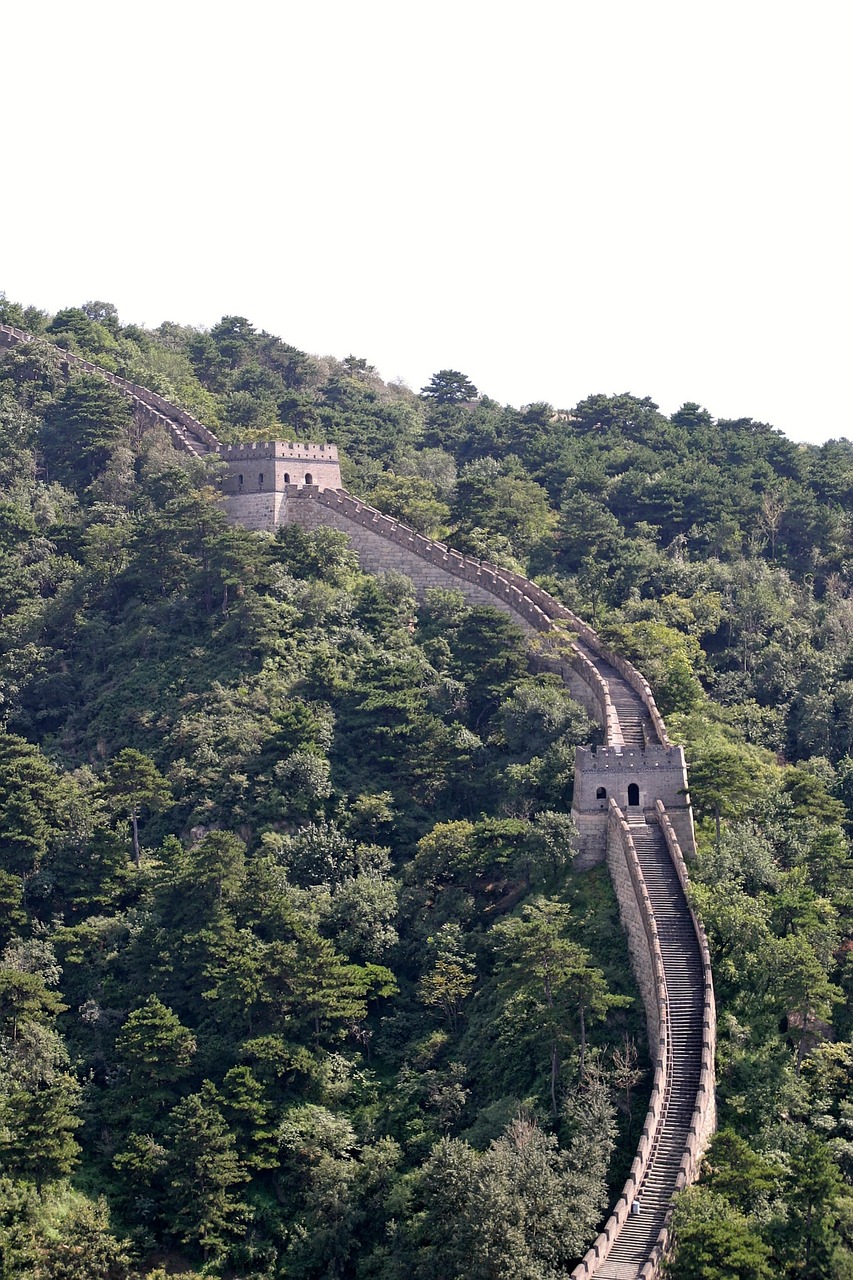
The Great Wall of China
Overview
The Great Wall of China is undoubtedly one of the most iconic landmarks in the world. Spanning over 13,000 miles, this ancient wonder of engineering is a testament to human determination and ingenuity. It is an awe-inspiring sight that you simply cannot miss during your visit to Beijing.
History
Construction of the Great Wall began over 2,000 years ago during the Qin Dynasty and continued throughout several dynasties until the Ming Dynasty. The purpose of building this colossal structure was to protect China from invasions and raids by nomadic tribes. Each section of the wall was strategically built to offer defense and surveillance of the surrounding areas.
Sections of the Great Wall to visit
While it’s impossible to visit the entire Great Wall due to its vastness, there are a few sections that are easily accessible from Beijing. The most popular section is Badaling, known for its well-preserved condition and breathtaking views. Other sections worth visiting include Mutianyu, Jinshanling, and Simatai, each offering unique experiences and scenery.
Highlights
Walking along the Great Wall provides a profound sense of wonder and admiration for the architectural feat. The panoramic views of the surrounding countryside are truly mesmerizing. Make sure to bring your camera to capture the picturesque landscapes and iconic watchtowers.
Forbidden City
Overview
The Forbidden City, located in the heart of Beijing, is a grand complex that served as the imperial palace for over 500 years. It is now a UNESCO World Heritage site and a must-visit attraction during your time in Beijing.
History
Constructed during the Ming Dynasty in the 15th century, the Forbidden City was the political and ceremonial center of the Chinese empire. It housed the emperors and their families, as well as countless government officials and servants. The name “Forbidden City” derives from the fact that it was off-limits to ordinary citizens for centuries.
Architecture
The Forbidden City is a masterpiece of traditional Chinese architecture. It consists of numerous halls, palaces, and courtyards, all meticulously designed and exquisitely decorated. The intricate details, vibrant colors, and impressive scale of the structures are a testament to the wealth and power of the ancient Chinese emperors.
Must-see spots
While exploring the Forbidden City, be sure to visit the Hall of Supreme Harmony, the largest and most important hall in the complex. The Palace of Heavenly Purity and the Hall of Preserving Harmony are also well worth a visit. Take your time to wander through the imperial gardens and experience the grandeur of this historical treasure.
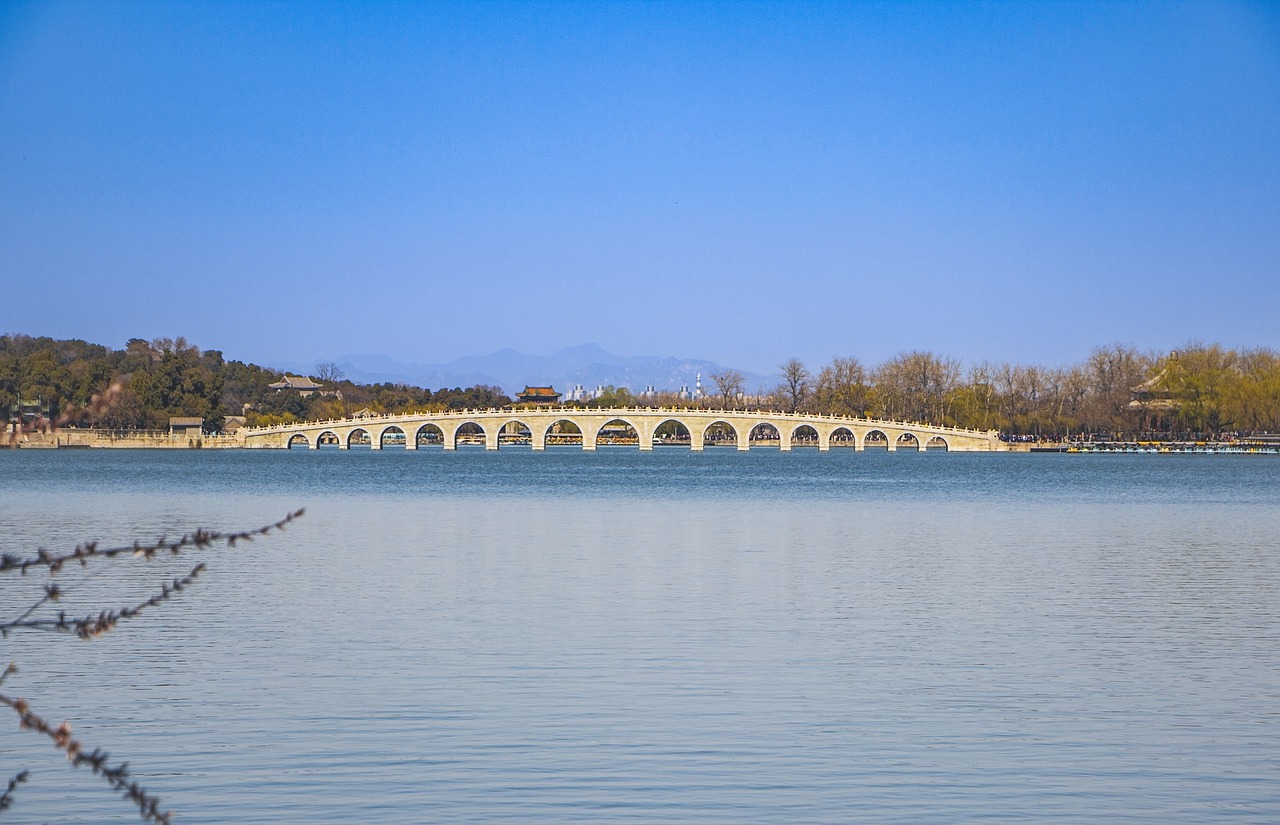
Tiananmen Square
Overview
Tiananmen Square is one of the largest public squares in the world and holds immense historical and cultural significance for the Chinese people. It is a bustling hub of activity and a symbolic landmark in Beijing.
Historical Significance
Tiananmen Square has been the site of numerous significant events throughout Chinese history. It was the stage for the proclamation of the People’s Republic of China in 1949, as well as the famous student protests in 1989. The square has become a symbol of China’s struggle for independence and democracy.
Monuments
The square is flanked by several important monuments, including the Monument to the People’s Heroes and the Chairman Mao Memorial Hall, which houses the preserved remains of Mao Zedong. These landmarks serve as reminders of China’s revolutionary past and offer insights into the country’s political history.
Attractions nearby
Just beyond Tiananmen Square, you’ll find the entrance to the Forbidden City, making it convenient to visit both attractions in one day. The National Museum of China and the Great Hall of the People are also located nearby and are worth exploring for their cultural and architectural significance.
Summer Palace
Overview
The Summer Palace is a stunning imperial garden and palace complex located in the suburbs of Beijing. It is a tranquil retreat that offers respite from the bustling city and a glimpse into the opulence and beauty of China’s imperial past.
History
First built in the 12th century, the Summer Palace was later reconstructed during the Qing Dynasty by Emperor Qianlong. It was designed as a retreat for the emperors and their families, offering magnificent gardens, pavilions, and lakes to escape the summer heat.
Gardens and Pavilions
The Summer Palace is renowned for its enchanting gardens, lush vegetation, and picturesque lakes. The centerpiece of the complex is the stunning Kunming Lake, which is surrounded by various pavilions and temples. Be sure to explore the Long Corridor, a covered walkway adorned with intricate paintings, and the Seventeen-Arch Bridge, which offers panoramic views of the lake and surrounding landscapes.
Boat ride experience
To fully appreciate the beauty of the Summer Palace, take a boat ride on Kunming Lake. Drift along the calm waters, passing by traditional Chinese architecture and scenic spots. This peaceful experience allows you to soak in the tranquility and serenity of the surroundings.
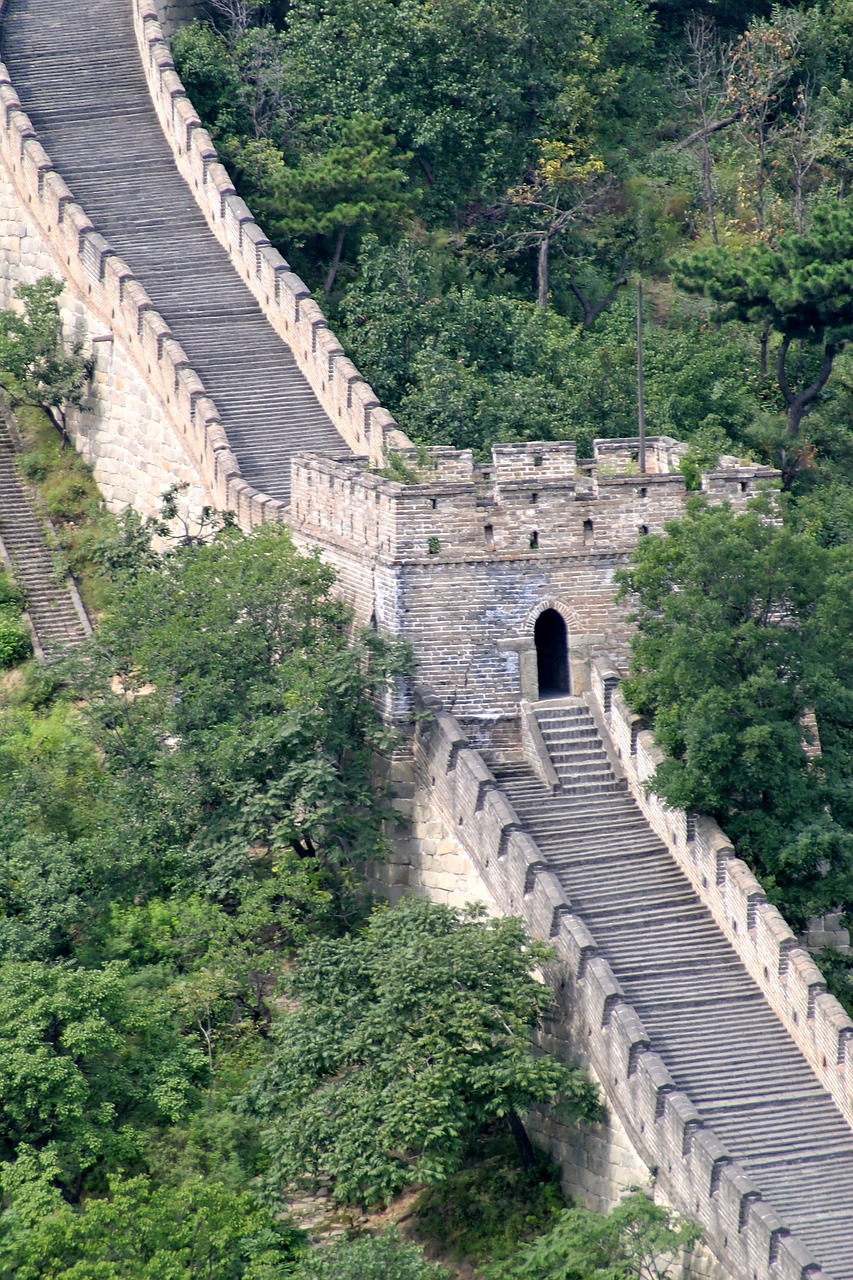
Temple of Heaven
Overview
The Temple of Heaven is a masterpiece of Chinese religious architecture and a sacred site of worship. It is a serene and spiritual place that showcases the profound reverence the Chinese have for heaven and earth.
Religious Significance
The Temple of Heaven was built during the Ming Dynasty as a place for emperors to pray for good harvests and bless the nation. The emperors would perform elaborate rituals and sacrifices here, seeking divine intervention and prosperity for the people.
Architecture
The temple complex is a harmonious blend of architectural elements and symbolic design. The most iconic structure is the Hall of Prayer for Good Harvests, a circular building with a three-tiered roof, representing the heavens. The intricate details and vibrant colors of the temple’s wooden structures create a visually stunning experience.
Hall of Prayer for Good Harvests
The Hall of Prayer for Good Harvests is the centerpiece of the Temple of Heaven and a must-see attraction. Step inside and marvel at the grandeur of the hall, adorned with elaborate murals and beautifully carved pillars. The acoustics within the hall are remarkable, producing a unique echoing effect when spoken to or sung within its walls.
Beijing Olympic Park
Overview
The Beijing Olympic Park was the main venue for the 2008 Summer Olympics and is now a popular recreational area. It offers a combination of architectural marvels, green spaces, and sporting facilities.
Bird’s Nest (National Stadium)
The Bird’s Nest, also known as the National Stadium, is an iconic architectural masterpiece. Its intricate lattice structure and unique design make it a sight to behold. Take a walk around the stadium and imagine the excitement and athleticism that once filled the venue during the Olympic Games.
Water Cube (National Aquatics Center)
Adjacent to the Bird’s Nest is the Water Cube, a marvel of modern design. The translucent blue exterior resembles a giant bubble, and the interior houses numerous swimming pools and water attractions. Even if you don’t plan on swimming, the Water Cube is worth visiting for its architectural beauty.
Olympic Forest Park
Surrounding the Olympic Park is the Olympic Forest Park, a vast green space that offers a peaceful escape from the city. Spend some time wandering through the park’s lush gardens, bamboo groves, and scenic trails. It’s a great place to relax, have a picnic, or engage in outdoor activities like jogging or cycling.
Beihai Park
Overview
Beihai Park is a tranquil oasis in the heart of Beijing, offering a serene escape from the bustling city. It is one of the oldest and best-preserved imperial gardens in China, rich in history and natural beauty.
History
Beihai Park has a history dating back over 1,000 years, with its origins rooted in the Liao Dynasty. It was later developed and expanded during the Jin, Yuan, Ming, and Qing Dynasties. The park has played an important role in Chinese history, serving as both a royal residence and a place for religious ceremonies.
Lakes and Islands
The highlight of Beihai Park is its picturesque lake, which covers more than half of the park’s total area. A boat ride along the calm waters allows you to appreciate the park’s stunning scenery, including the various islands, bridges, and pavilions that dot the lake. The White Dagoba on Qionghua Island is a particularly striking sight.
White Pagoda
At the center of Beihai Park stands the White Pagoda, also known as the White Dagoba. This towering structure combines elements of Buddhist and Tibetan architecture and offers breathtaking panoramic views of the surrounding areas. Climb to the top of the pagoda for a unique perspective of Beijing’s skyline.
Lama Temple
Overview
The Lama Temple, also known as Yonghe Temple, is one of the most important Tibetan Buddhist temples outside Tibet. It is a place of worship and spiritual significance, attracting visitors from around the world.
Buddhist Art and Culture
The Lama Temple is a treasure trove of Buddhist art and culture. Marvel at the intricate wood carvings, colorful frescoes, and large statues of Buddhist deities. The atmosphere is serene and peaceful, allowing you to immerse yourself in the spirituality and tranquility of the temple.
Main Hall
The main hall of the temple, known as the Hall of the Heavenly Kings, is a magnificent structure that houses a towering statue of Maitreya Buddha. The halls and rooms surrounding the main hall are filled with incense and the sounds of monks chanting, creating a truly immersive and unforgettable experience.
Statues and Artifacts
Throughout the temple complex, you’ll find numerous statues and artifacts that showcase the rich history and symbolism of Tibetan Buddhism. From the Maitreya Buddha to the various Bodhisattvas, each statue has its own significance and story. Take your time to admire the craftsmanship and discover the spiritual teachings behind each piece.
798 Art District
Overview
The 798 Art District is a thriving hub of contemporary art, representing the cutting-edge of China’s art scene. Located in a former industrial complex, it has been transformed into a vibrant neighborhood filled with galleries, studios, and creative spaces.
Contemporary Art
The 798 Art District showcases a wide range of contemporary art styles and mediums, from painting and sculpture to photography and multimedia installations. The artwork displayed here often reflects the social, cultural, and political issues facing modern China. Visitors are encouraged to engage with the art, ask questions, and appreciate the diversity of creative expressions.
Galleries and Studios
Wandering through the 798 Art District, you’ll be immersed in a world of creativity. Explore the numerous galleries and studios, each offering a unique perspective on contemporary art. You may even have the opportunity to meet the artists themselves and gain insight into their creative process.
Street Art and Installations
Beyond the gallery walls, the streets of the 798 Art District are filled with vibrant street art and eye-catching installations. The entire district is a canvas for artistic expression, with murals and sculptures adorning the walls and public spaces. Take a leisurely stroll and let the art captivate your imagination.
Hutong Neighborhoods
Overview
Hutongs are traditional alleyways and courtyard neighborhoods that offer a glimpse into Beijing’s rich history and traditional way of life. Exploring these narrow, winding lanes is like stepping back in time.
Traditional Courtyard Houses
Hutongs are characterized by their courtyard houses, known as siheyuan, which are traditional residences built around a central courtyard. These houses, made of gray bricks and typically one or two stories high, represent the architectural style of old Beijing. Many hutongs have been preserved to maintain the city’s heritage and cultural identity.
Narrow Alleyways
Walking through the hutongs, you’ll discover a labyrinth of narrow alleyways, lined with traditional shops, tea houses, and local eateries. The atmosphere is bustling and lively, with locals going about their daily lives. Exploring the hutongs is a fantastic opportunity to immerse yourself in the local culture and experience the authentic side of Beijing.
Local Experiences
The hutongs are not just a physical destination, but an opportunity to engage with the local community. Take part in traditional activities like practicing tai chi or calligraphy, learn about traditional Chinese medicine, or enjoy a local meal in a family-run restaurant. By interacting with the residents, you’ll gain a deeper understanding of Beijing’s culture and lifestyle.
With its wealth of historical and cultural attractions, Beijing offers a truly extraordinary experience for every visitor. From the awe-inspiring Great Wall to the serene beauty of Beihai Park, each attraction on this list is guaranteed to leave a lasting impression. So, embrace the friendly charm of Beijing and embark on an unforgettable journey through its incredible landmarks.



